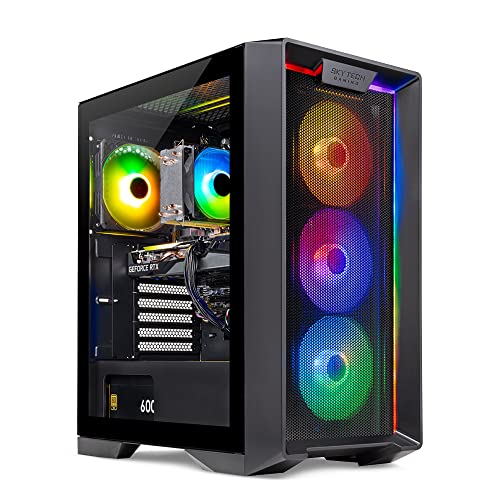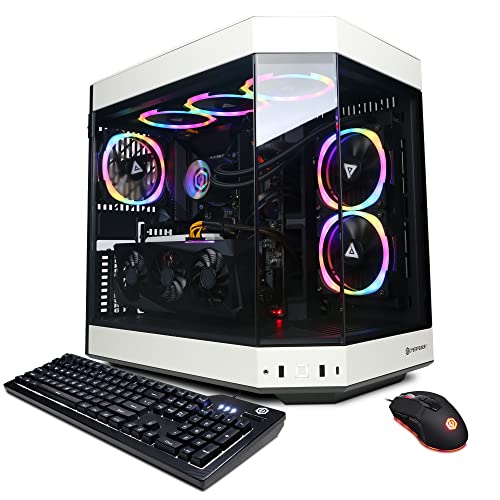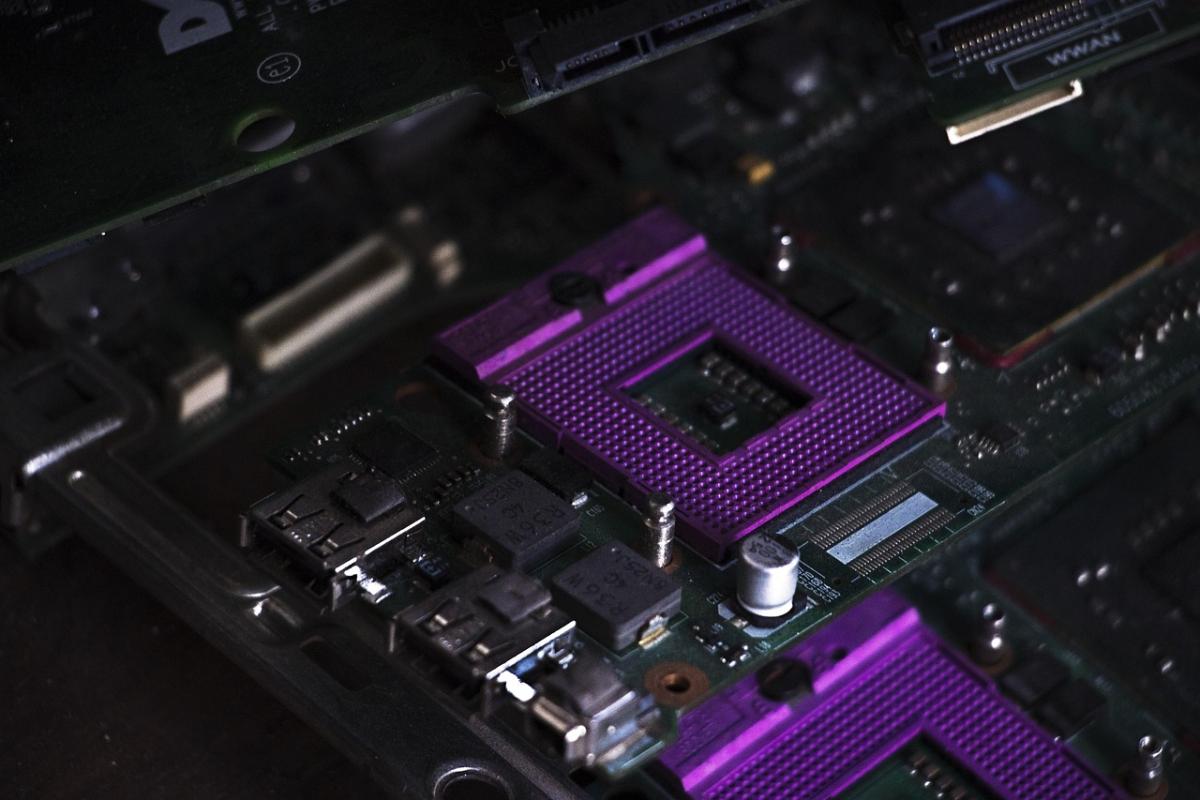**Introduction**
Adaptive rendering techniques are changing the landscape of PC gaming by balancing visual fidelity with high‑speed performance. These methods dynamically adjust rendering quality based on system load, display refresh rates, and scene complexity, ensuring a smooth gaming experience even in resource‑intensive environments. This article examines the latest advancements in adaptive rendering, including AI‑driven algorithms and dynamic resolution scaling, and explores their impact on gaming performance.
**Technological Innovations**
- **Dynamic Resolution Scaling:**
AI‑powered algorithms analyze frame rates and system loads to adjust resolution in real time, ensuring smooth performance while preserving image quality.
- **Temporal Upscaling Techniques:**
Methods such as DLSS and FidelityFX leverage deep learning to upscale lower‑resolution images to near‑native quality, reducing computational load while maintaining visual fidelity.
- **Real‑Time Asset Streaming:**
Adaptive streaming solutions allow for on‑demand loading of high‑resolution textures and assets, conserving resources without sacrificing immersive detail.
- **Integrated GPU & CPU Optimization:**
Collaborative algorithms dynamically balance processing tasks between the CPU and GPU, ensuring efficient rendering even on mid‑range systems.
**Applications and Benefits**
- **Smooth Gameplay:**
Adaptive rendering minimizes frame drops and stuttering, ensuring that demanding games run smoothly even on systems with variable workloads.
- **Optimized Power Efficiency:**
By reducing the processing burden during less intensive scenes, adaptive techniques lower power consumption and heat generation, extending hardware lifespan.
- **Enhanced Visual Quality:**
Advanced upscaling and dynamic asset streaming maintain high visual standards even when resolution is temporarily reduced.
- **Competitive Multiplayer Advantage:**
Consistent frame rates and responsive controls provide gamers with a competitive edge, particularly in fast‑paced esports environments.
**Future Directions**
Future advancements will likely see further integration of hardware‑assisted AI upscaling directly in GPUs, with deeper learning models that continuously optimize rendering parameters based on real‑time data. As VR and AR become more prominent, adaptive rendering techniques will also extend to immersive environments, ensuring a seamless experience across platforms.
**Keywords:** adaptive rendering, dynamic resolution scaling, DLSS, FidelityFX, real‑time upscaling, efficient gaming, visual optimization, esports performance, AI‑driven graphics
Adaptive Rendering Techniques in PC Gaming
Balancing Quality and Speed
Related Articles
Essential High-Performance PC Components You Need Now
Upgrade your setup with the must-have parts for unbeatable gaming and productivity
Top Picks for Best High-Performance PCs
Find the perfect power machine for gaming, work, or creative projects
Your Guide to the Best High-Performance PCs
Find the Right PC for Your Gaming and Creative Needs
View our related products
See more






